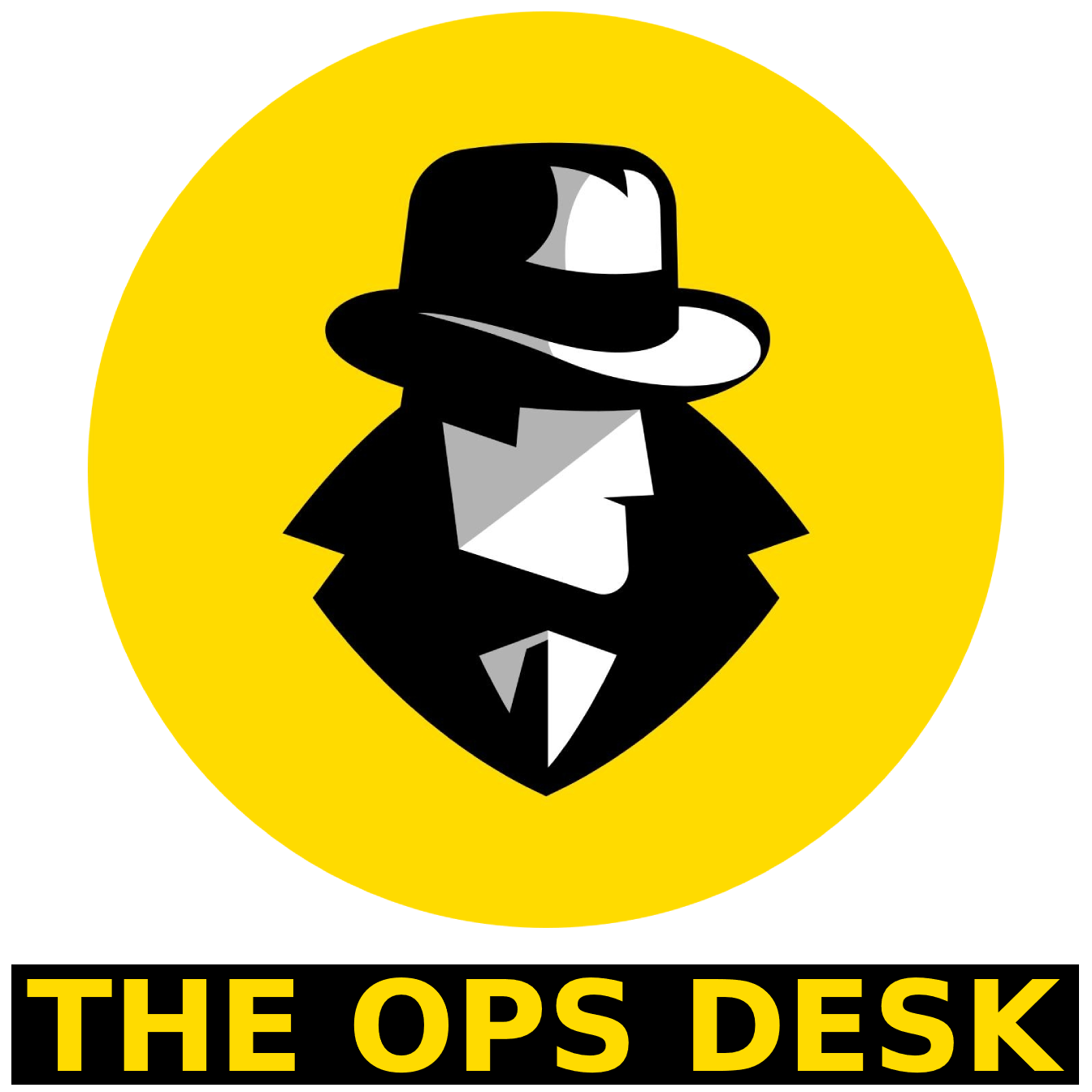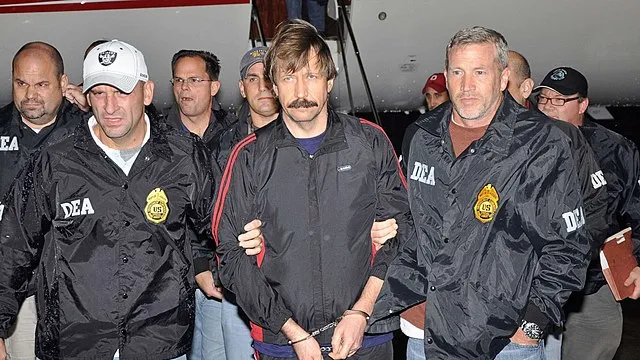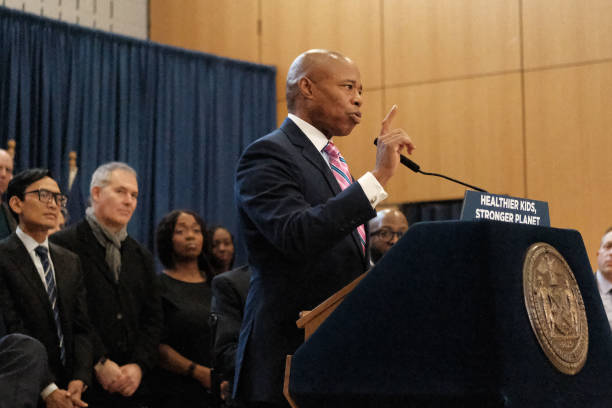FBI Mole Arrested (not Special Agent In Charge Charles McGonigal)
On February 18, 2001, FBI Supervisory Special Agent Robert Hanssen drove to Foxstone Park in Fairfax County, Virginia. He placed a white piece of tape on a park sign; a signal to his Russian contacts that he would be leaving classified information at the designated dead drop site. He then took a package consisting of a sealed garbage bag full of classified material and taped it to the bottom side of a wooden footbridge. When the FBI surveillance team observed this incriminating act, they rushed in to arrest Hanssen. After being placed in handcuffs, Hanssen asked, “What took you so long?”
This was the end of a stunning espionage campaign that was carried out by SSA Robert Hanssen over a period of decades. The long road to this arrest had started in 1979 when three-year veteran agent Hanssen approached the Soviet Main Intelligence Directorate and offered to spy on behalf of the USSR. He was, at the time, assigned to the counterintelligence division in New York City, and had access to plenty of information that the Soviets would love to get their hands on.
Throughout the 1980’s Hanssen was transferred several times, usually quickly making his way back to an assignment where he could get valuable information to the USSR. At one point he was tasked with evaluating Soviet agents who agreed to give information to the United States. In this critical role, Hanssen was able to inform his handlers of numerous American double agents in the USSR. Several of these assets were executed by the Soviet Government. (CIA turncoat Aldrich Ames was often giving up the same names, confusing the identification of the leaks)
At one point, Hanssen was even assigned to study possible leaks to the Soviets from within the FBI. He was essentially tasked with finding himself. In this role he was able to inform the Soviets when their own agents within the United States had been compromised. The Soviets would immediately drop contact with these assets, much to the chagrin of the agents conducting the counterespionage operations. He was also able to tip off the Reds as to several electronic surveillance ops including spy satellites and bugging operations.
His actions did not go completely unnoticed. His brother-in-law, also an FBI employee, reported him after seeing unusual spending and large amounts of cash in his house. Nothing was done with the tip. Hanssen was also identified in an internal hacking “test”, and had avoided taking an internal polygraph for years.
Hanssen continued his spying in the post-Soviet era. At this point the FBI was investigating many of the leaks later attributed to Hanssen, but their criminal profilers had decided that CIA Agent Brian Kelley was the mole. They hounded Kelley for years, destroying his career, until Hanssen was arrested.
After being befuddled for years, the FBI finally paid a Russian asset $7 million for information that led to Hanssen’s identity. This information led to that last moment of freedom for Hanssen in Foxstone Park. He is currently serving a life sentence without the possibility of parole.









